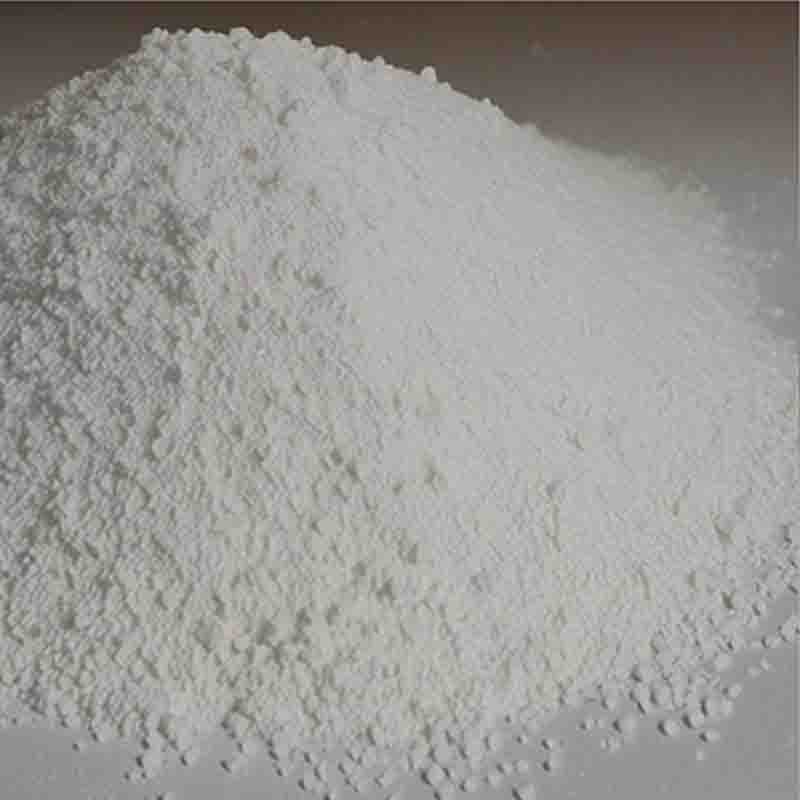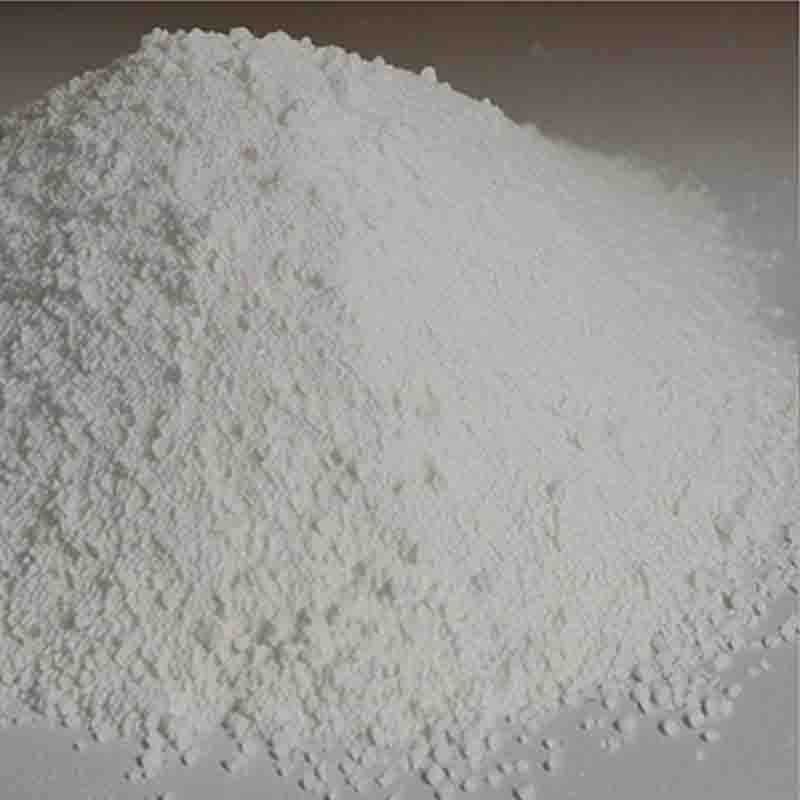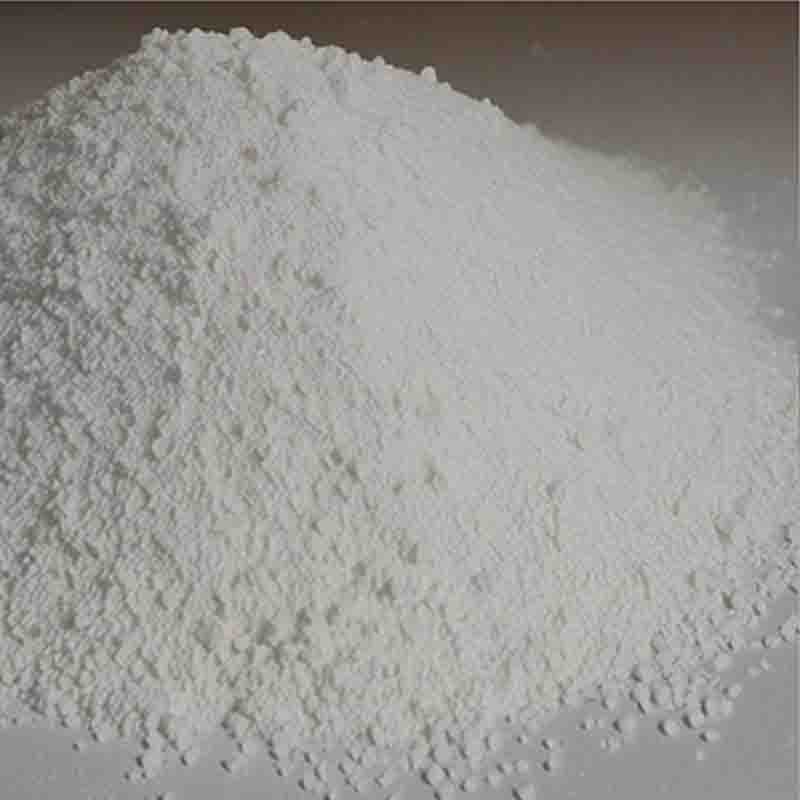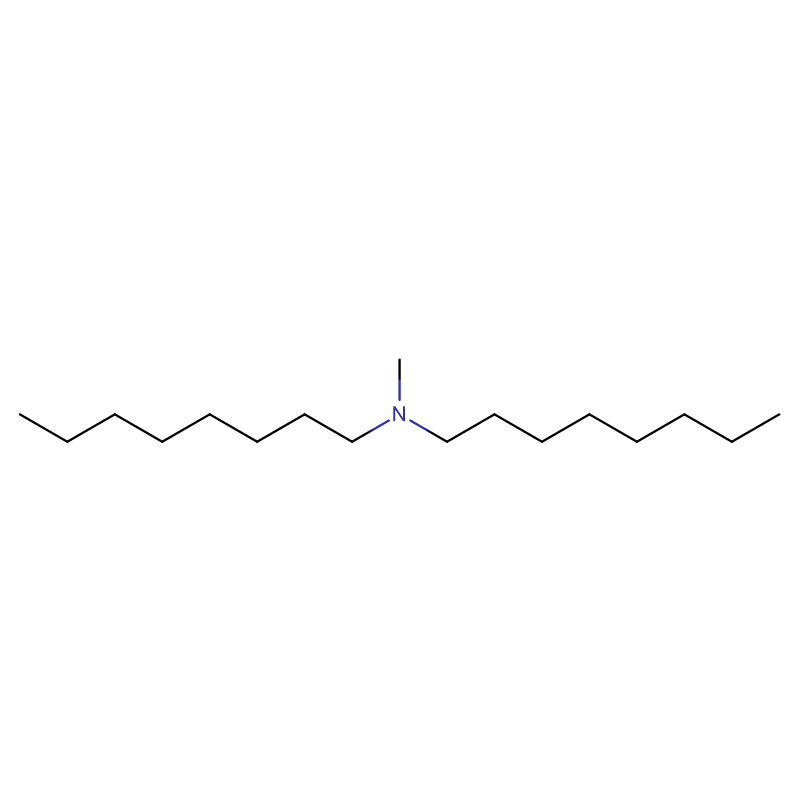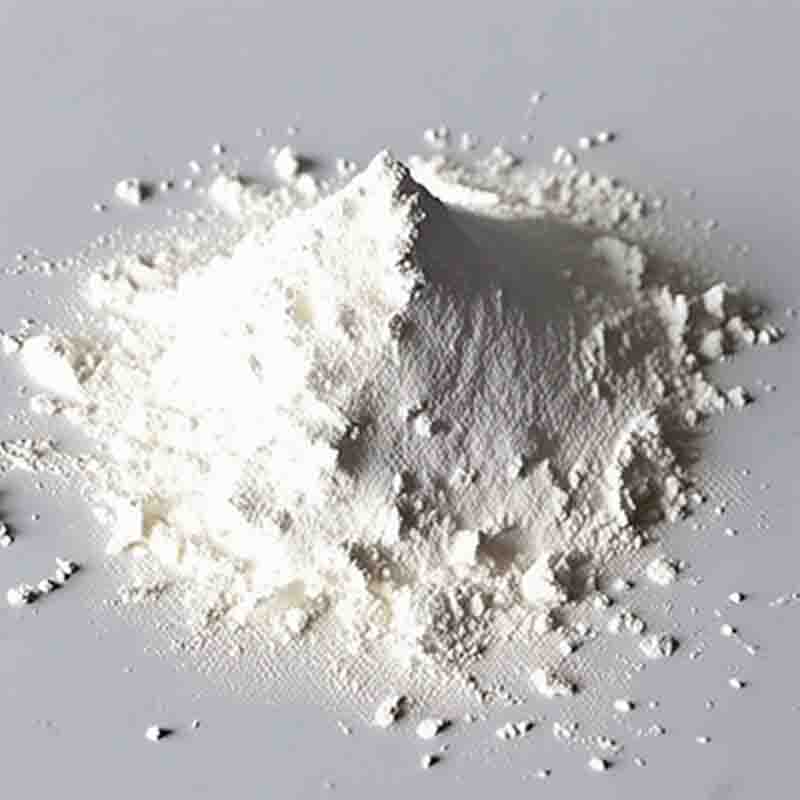Tetramethylammoniumchloride CAS: 75-57-0
| Catalog Number | XD94604 |
| Product Name | Tetramethylammoniumchloride |
| CAS | 75-57-0 |
| Molecular Formula | C4H12ClN |
| Molecular Weight | 109.6 |
| Storage Details | Ambient |
Product Specification
| Appearance | White powder |
| Assay | 99% min |
Tetramethylammonium chloride (TMACl) is a quaternary ammonium compound that has various effects and applications in different fields. Here are some of the notable effects and uses of TMACl:Catalysis: TMACl is widely used as a phase-transfer catalyst (PTC). It facilitates the transfer of reactants between immiscible phases, such as aqueous and organic phases, by forming a complex with the reactant. This enables reactions that would otherwise be difficult or inefficient to occur. TMACl has applications in organic synthesis, where it is used to promote reactions like nucleophilic substitutions, oxidations, and reductions.Ion exchange: TMACl can be used in ion exchange resins to remove unwanted ions from water or other solutions. The TMACl ions can exchange with certain metal ions, such as sodium (Na+) or calcium (Ca2+), effectively removing them from the solution. This process is used in water purification, softening, and in production processes where removal of specific ions is required.Biological and pharmaceutical research: TMACl is commonly used in biological and pharmaceutical studies as a protein denaturant. It is often used as a control or reference compound for protein folding and unfolding experiments. TMACl can also be used as a precipitant for the crystallization of proteins, helping to study their structure and function.Electrochemistry: TMACl is used as an electrolyte in electrochemical cells due to its high ionic conductivity and stability. It is commonly employed in batteries, supercapacitors, and fuel cells. TMACl-based electrolytes have been used in the development of high-performance and environmentally friendly energy storage devices.Material science: TMACl has been utilized in the synthesis and preparation of various materials, including nanoparticles, catalysts, and polymers. It can act as a structure-directing agent or template, influencing the formation and properties of the final material.Biological membranes: TMACl is used to study the effects of ion-specific interactions with biological membranes. By altering the composition and concentration of TMACl in solutions, researchers can investigate the effects on membrane stability, permeability, and other properties.In conclusion, Tetramethylammonium chloride (TMACl) is a versatile compound with diverse effects and applications. It finds uses as a catalyst, ion exchanger, protein denaturant, electrolyte, and in material science and biological research. Its various properties and applications make TMACl a valuable tool in many scientific and industrial fields.


